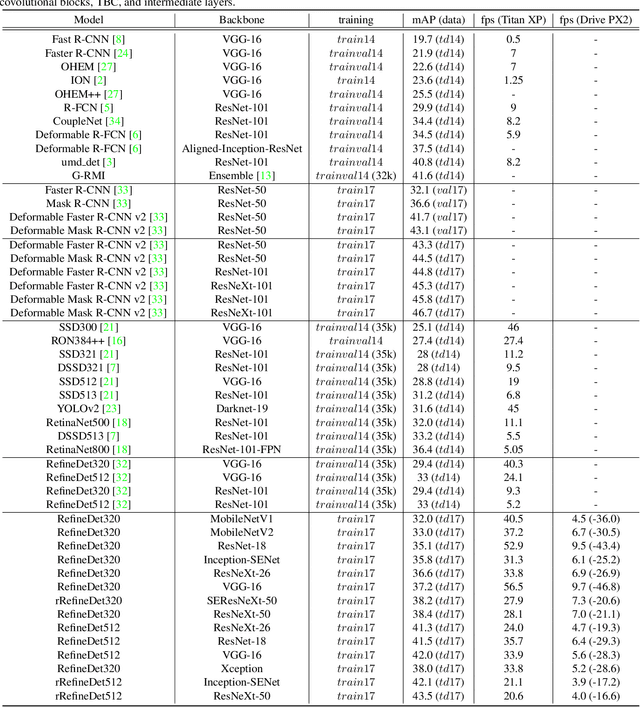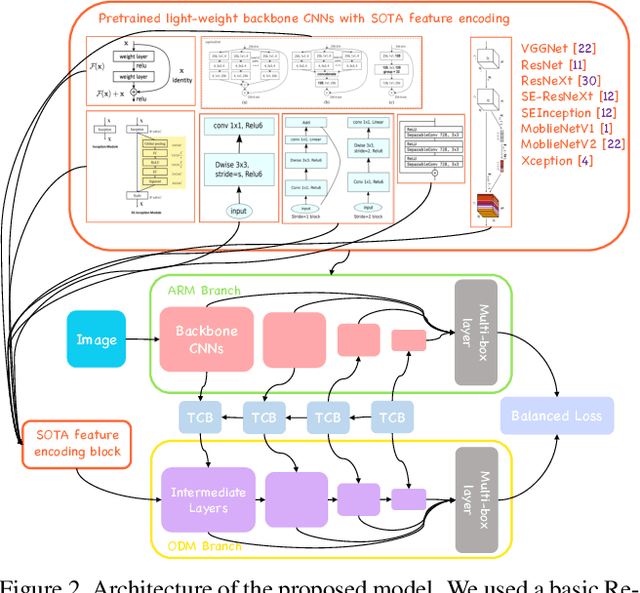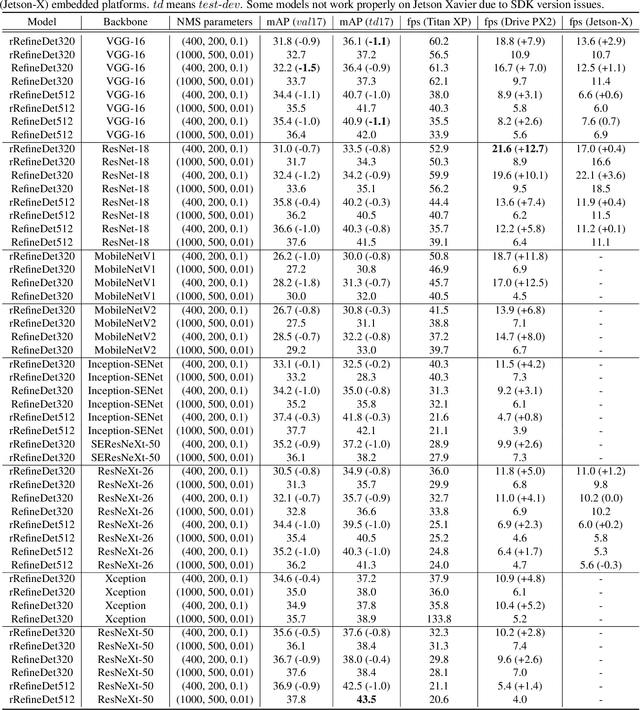Jinhee Lee
OCELOT: Overlapped Cell on Tissue Dataset for Histopathology
Mar 24, 2023



Abstract:Cell detection is a fundamental task in computational pathology that can be used for extracting high-level medical information from whole-slide images. For accurate cell detection, pathologists often zoom out to understand the tissue-level structures and zoom in to classify cells based on their morphology and the surrounding context. However, there is a lack of efforts to reflect such behaviors by pathologists in the cell detection models, mainly due to the lack of datasets containing both cell and tissue annotations with overlapping regions. To overcome this limitation, we propose and publicly release OCELOT, a dataset purposely dedicated to the study of cell-tissue relationships for cell detection in histopathology. OCELOT provides overlapping cell and tissue annotations on images acquired from multiple organs. Within this setting, we also propose multi-task learning approaches that benefit from learning both cell and tissue tasks simultaneously. When compared against a model trained only for the cell detection task, our proposed approaches improve cell detection performance on 3 datasets: proposed OCELOT, public TIGER, and internal CARP datasets. On the OCELOT test set in particular, we show up to 6.79 improvement in F1-score. We believe the contributions of this paper, including the release of the OCELOT dataset at https://lunit-io.github.io/research/publications/ocelot are a crucial starting point toward the important research direction of incorporating cell-tissue relationships in computation pathology.
Self-Diagnosing GAN: Diagnosing Underrepresented Samples in Generative Adversarial Networks
Feb 24, 2021



Abstract:Despite remarkable performance in producing realistic samples, Generative Adversarial Networks (GANs) often produce low-quality samples near low-density regions of the data manifold. Recently, many techniques have been developed to improve the quality of generated samples, either by rejecting low-quality samples after training or by pre-processing the empirical data distribution before training, but at the cost of reduced diversity. To guarantee both the quality and the diversity, we propose a simple yet effective method to diagnose and emphasize underrepresented samples during training of a GAN. The main idea is to use the statistics of the discrepancy between the data distribution and the model distribution at each data instance. Based on the observation that the underrepresented samples have a high average discrepancy or high variability in discrepancy, we propose a method to emphasize those samples during training of a GAN. Our experimental results demonstrate that the proposed method improves GAN performance on various datasets, and it is especially effective in improving the quality of generated samples with minor features.
Fast and Accurate Convolutional Object Detectors for Real-time Embedded Platforms
Sep 24, 2019



Abstract:With the improvements in the object detection networks, several variations of object detection networks have been achieved impressive performance. However, the performance evaluation of most models has focused on detection accuracy, and the performance verification is mostly based on high-end GPU hardwares. In this paper, we propose real-time object detectors that guarantees balanced performance for real-time system on embedded platforms. The proposed model utilizes the basic head structure of the RefineDet model, which is a variant of the single shot object detector (SSD). In order to ensure real-time performance, CNN models with relatively shallow layers or fewer parameters have been used as the backbone structure. In addition to the basic VGGNet and ResNet structures, various backbone structures such as MobileNet, Xception, ResNeXt, Inception-SENet, and SE-ResNeXt have been used for this purpose. Successful training of object detection networks was achieved through an appropriate combination of intermediate layers. The accuracy of the proposed detector was estimated by the evaluation of MS-COCO 2017 object detection dataset and the inference speed on the NVIDIA Drive PX2 and Jetson Xaviers boards were tested to verify real-time performance in the embedded systems. The experiments show that the proposed models ensure balanced performance in terms of accuracy and inference speed in the embedded system environments. In addition, unlike the high-end GPUs, the use of embedded GPUs involves several additional concerns for efficient inference, which have been identified in this work. The codes and models are publicly available on the web (link).
 Add to Chrome
Add to Chrome Add to Firefox
Add to Firefox Add to Edge
Add to Edge